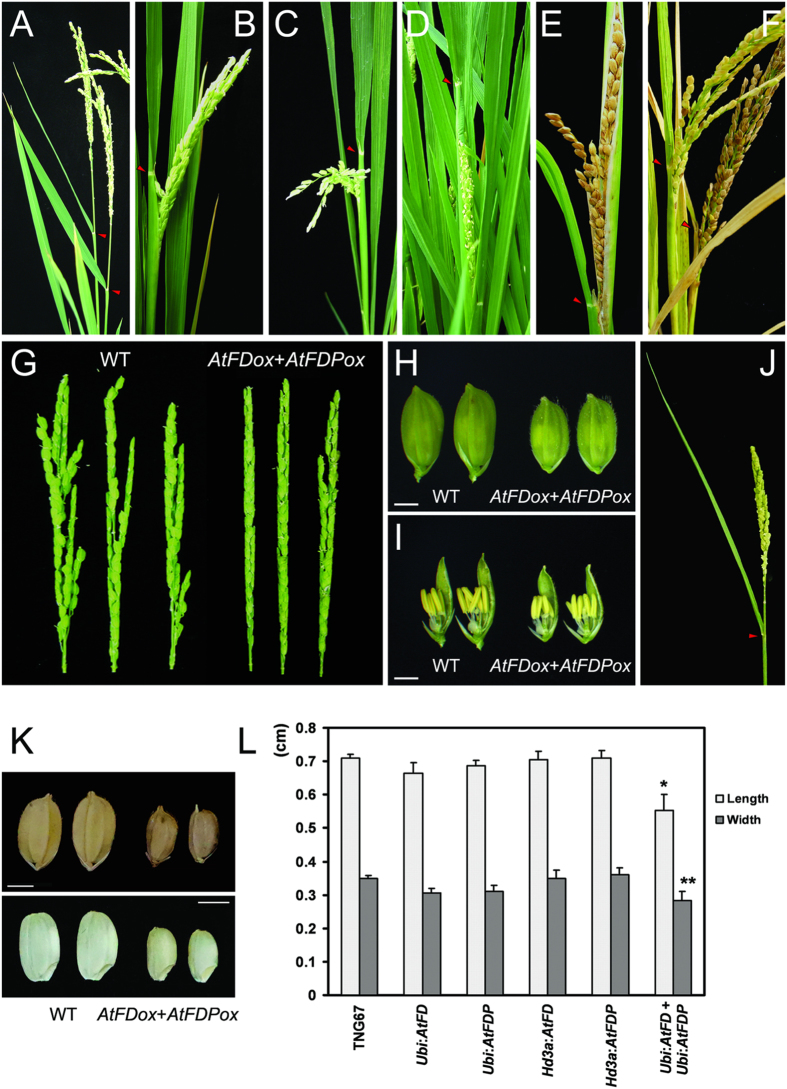Figure 4. Transgenic rice plants exhibit sheathed panicles, small spikelets and grains.
(A) Panicles of wild-type TNG67. (B,D,E) Panicles of AtFD overexpressors. Sheathed panicles were observed and sometimes grains became mature in the sheath (E). (C) A panicle of a AtFDP overexpressor. (F) Panicles of AtFD-AtFDP dual overexpressor showing sheathed panicles with reduced fertility. The first three panicles from each independent homozygous transgenic and control plants were carefully checked for the sheathed panicle phenotype. All the panicles examined were sheathed in all AtFD, AtFDP and AtFD-AtFDP dual overexpressing transgenic rice plants; this was not observed in TNG67 or transgenic rice containing the empty vector. (G) Panicles of TNG67 (left three panicles) and AtFD-AtFDP dual overexpressors. Each spikelet of transgenic panicles is smaller than WT and panicles are also more compact (G,H,I). (H,I) Transgenic rice plants for AtFD-AtFDP dual overexpression produce smaller spikelets containing tiny floral organs (right two spikelets). (J) A panicle of transgenic rice overexpressing OsbZIP23/OsbZIP72 is indistinguishable from WT. (K,L) Grain size is also reduced in AtFD-AtFDP dual overexpressors. More than 20 grains randomly picked up from each genotype were used for size measurement and similar results were obtained from T3 and T4 generation plants. Values are means ± SD (n > 20, *P < 0.005; **P < 0.05, Student’s t test).

